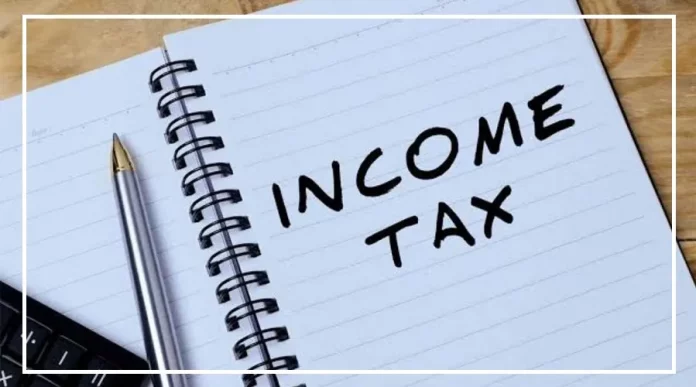The new income tax regime, introduced in Budget 2020, offers taxpayers the option to choose between the new and old regimes.
Despite efforts to promote the new regime, a significant majority of taxpayers prefer the old regime.
In Budget 2023, Finance Minister Nirmala Sitharaman made the new regime the default option, but taxpayers can still choose the old regime. Here’s how you can shift from the new regime to the old regime.
What Does Default Regime Mean?
The new tax regime becoming the default regime implies that, unless a taxpayer explicitly states otherwise, it will be assumed that they are using the new regime.
This is particularly relevant for salaried taxpayers because employers deduct tax based on the chosen regime and deposit the Tax Deducted at Source (TDS) with the Income Tax Department.
Employers need to know the employee’s regime choice at the start of the financial year to deduct TDS accordingly.
Who Can Change the Regime?
Only salaried individual taxpayers are permitted to switch between the new and old regimes once a year.
If you have not informed your employer about your choice and TDS is deducted under the new regime, you can still opt for the old regime while filing your income tax return. Note that taxpayers with business income are not allowed to switch regimes.
How to Shift from New Regime to Old Regime?
To shift from the new regime to the old regime, follow these steps:
- Select the Old Regime in ITR Form: When filing your income tax return (ITR), choose the old regime option in the ITR form.
- File Before the Deadline: Ensure you file your income tax return before the deadline. If you miss the deadline, your income tax calculation will default to the new tax regime.
By following these steps, salaried taxpayers can continue to benefit from the old tax regime despite the new regime being the default option.
